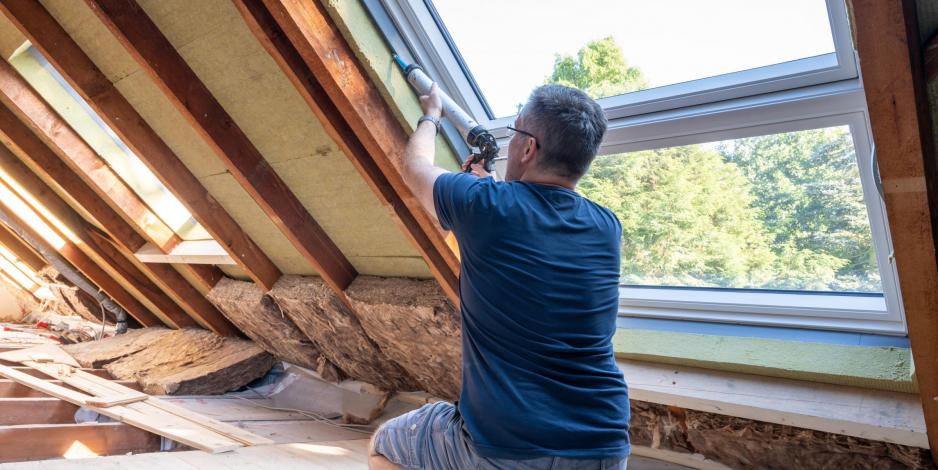
Air sealing your house is one of the most effective and affordable ways to improve energy efficiency and reduce your energy costs. However, many homeowners worry that making their homes too airtight will trap pollutants inside, leading to stale air and poor indoor air quality.
This is a valid concern, and if you’re worried about hurting your home’s indoor air quality with air sealing, we understand! But as long as you have an adequate amount of controlled ventilation, it’s nearly impossible to seal your house too tightly.
Today, we’re going to put your mind at ease about air sealing so you can enjoy a healthy, comfortable home and energy savings.
The Problem with an Unsealed House
The biggest problem with an unsealed house is that it allows for uncontrolled ventilation. When your house is not sealed to prevent air infiltration, outside air can flow freely into your living spaces without being filtered or conditioned first. This can lead to a whole host of problems, including:
- Wasted Energy: Air leakage can account for 20% or more of energy loss in a home, driving up your bills and making it hard to stay comfortable indoors.
- Poor Indoor Air Quality: If your home isn’t sealed, you’re not just missing out on air sealing savings—you’re also hurting your indoor air quality. Outdoor air pollutants can get inside through air leaks, bringing pollen, pesticides, gasoline fumes, and more into your home.
- Decreased Comfort: Unsealed homes suffer from drafty rooms and uneven temperatures, making it harder to stay comfortable any time of the year.
Controlled Ventilation Keeps Your Home Efficient and Healthy
The benefits of air sealing your attic and home are clear, but many homeowners are still opposed to sealing their houses because they are afraid their house won’t be able to “breathe” once it’s sealed. But allowing your house to “breathe” freely through uncontrolled ventilation results in all of the issues mentioned above: wasted energy, poor indoor air quality, and decreased comfort.
The solution is controlled whole-home ventilation and filtration. With a whole-home mechanical ventilation system, like an energy recovery ventilator (ERV), your stale indoor air will be regularly replaced with fresh, filtered outside air. This keeps your home healthy and comfortable without wasting energy.
Air Purifiers Keep Your Indoor Air Even Cleaner
Of course, not all air contaminants come from outside; many of them actually originate inside your home. Installing a whole-home air purifier like the iWave air purifying system will help keep your indoor air quality even better by actively removing contaminants like pollen, pet dander, smoke, and bacteria from your indoor air.
Upgrade Your Home’s Ventilation System with CARJON
If you’re planning to air seal your home to save on your utility bill, you’re making a wise decision. Just make sure you also upgrade to a whole-home mechanical ventilation system so your indoor air quality doesn’t suffer.
CARJON is the leading HVAC company in Rhode Island. We can evaluate your home’s ventilation system and help you decide whether an upgrade is necessary before or after your air sealing project. We’ve been in business since 1989 and have decades of experience helping homeowners improve their home comfort with the right heating, air conditioning, and ventilation solutions.



